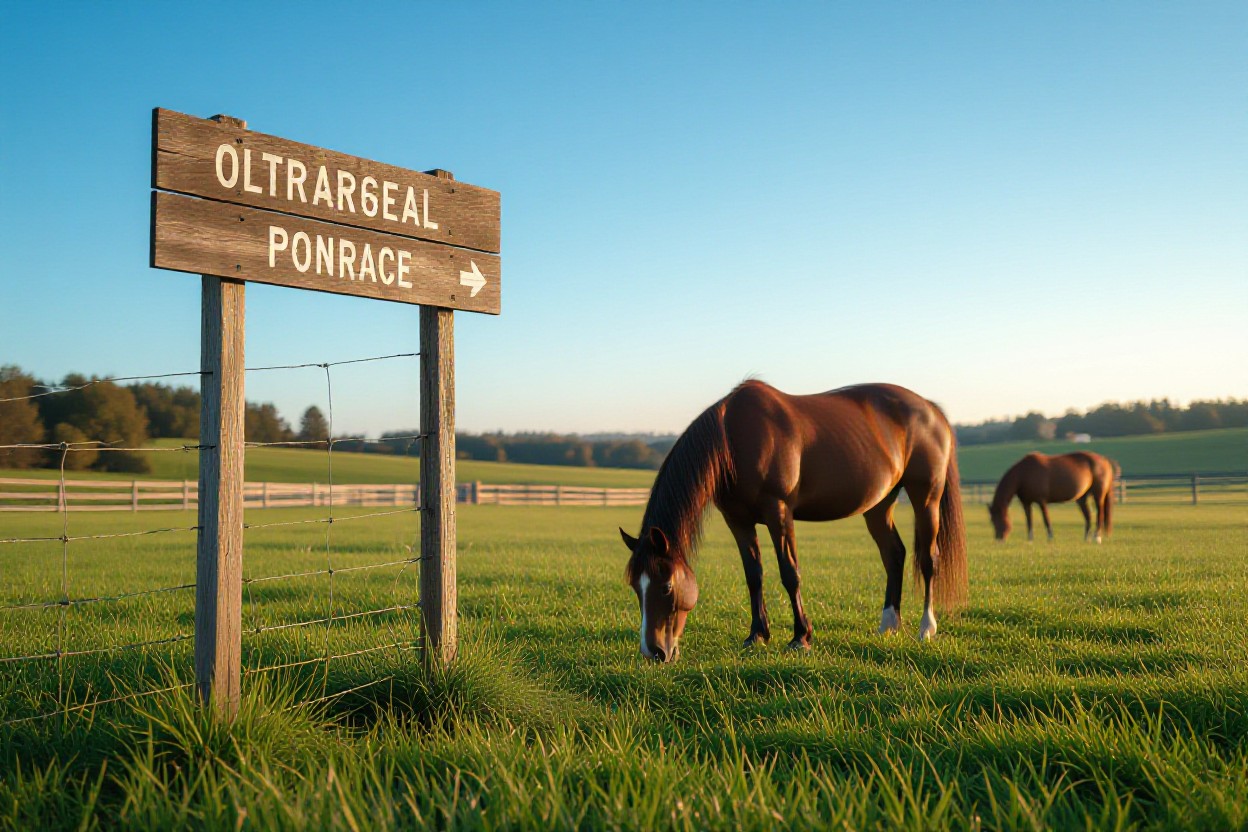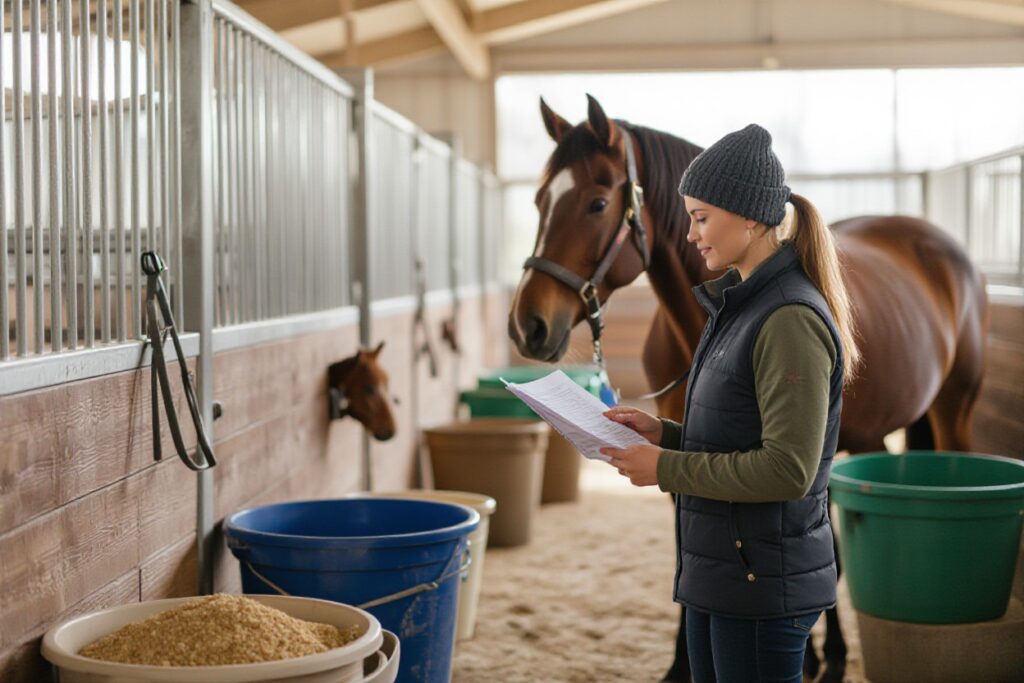You must master the legal aspects of horse ownership to safeguard your rights and avoid costly disputes; clear purchase contracts and proof of ownership protect your title, while attention to liability for injuries, fencing laws and transportation regulations prevents dangerous exposure. Know boarding and trail access rules, plan for end-of-life decisions and estate transfer, and address custody in divorce to keep your horse secure and your obligations manageable.

Purchase & Ownership Documents
When you buy or accept a horse, assemble a clear paper trail: purchase contracts, registration papers, vaccination and Coggins records, and a signed bill of sale. These items prove ownership, support insurance claims, and matter in disputes over liability or boarding. For the legal aspects of horse ownership, keep originals and digital backups, and note transfer dates so you can meet registry deadlines and avoid penalties that can jeopardize show or sale eligibility.
Bill of Sale
Draft a bill of sale that names buyer and seller, states the purchase price and date, and describes the horse (age, breed, color, markings, microchip/registration numbers). Include any warranties or an “as‑is” clause, disclosure of known health or behavioral issues, and a lien-release statement. You should sign and have it notarized; lack of a clear bill of sale can leave you exposed to lien claims or title disputes.
Title Transfer
Transfer registration papers promptly to reflect new ownership—many registries require action within a set window and charge fees or late penalties. Obtain the original registration certificate, complete the registry’s transfer form, and attach the bill of sale and ID photos if requested. Timely transfer secures your rights to breedings, awards, or competition entries and prevents contested claims from previous owners.
For more detail, verify whether the horse has a recorded lien or financing: lenders often protect interests with a UCC‑1 filing, and you should obtain a written lien release before finalizing sale. Also, some breed registries and racing authorities have specific transfer rules—missed deadlines can mean lost eligibility or costly reinstatement. Keep copies of all filings and correspondence as evidence of chain of title and to defend your ownership in court or arbitration.
Liability Issues
You face liability when your horse injures a rider, damages property, or escapes—common scenarios include trailer accidents, fence breaches, and on-trail incidents. Many jurisdictions limit claims with equine activity statutes and statutes of limitations that typically range from 1–6 years. You should track prior incidents, maintain fences and equipment, and carry appropriate equine liability insurance; courts weigh foreseeability and prior knowledge heavily when assigning fault, so documentation of maintenance and warnings is very important.
Negligence Law
Negligence turns on your duty of care, breach, causation, and damages: if you knew a horse was likely to bolt or bite and failed to act, a court may find you liable. Standards vary by activity—lessons and public trail rides impose higher expectations than pasture boarding—and judges often rely on prior incident reports, veterinary notes, and witness statements to assess foreseeability and breach.
Liability Waivers
Waivers can reduce exposure when properly drafted and signed, but they are not absolute: many courts refuse enforcement for gross negligence or intentional acts, and some equine statutes require posted warnings or specific language. You should use clear, specific releases describing inherent risks of riding, handling, and transport, and ensure minors’ waivers are executed by guardians to improve enforceability.
For stronger protection, scope waivers to list examples—boarding, lessons, trail rides, showing, transport, and veterinary procedures—and include bold, conspicuous text, signature lines, dates, and a clause confirming voluntary assumption of risk. You should have waivers reviewed by counsel, store originals, and consider annual renewals or event-specific releases; combining waivers with posted warnings and insurance creates layered defense against claims.
Boarding Rights
When you board a horse, you retain ownership rights but must follow the facility’s policies and local law; many jurisdictions recognize a stable lien allowing barns to hold or sell a horse for unpaid board after a statutory period (commonly 30–90 days). You should confirm who controls veterinary care, emergency decision-making, and removal rights in writing, and keep copies of payments and communications to protect against wrongful sale or eviction.
Boarding Agreements
Your boarding contract should specify services, fee amount, payment schedule, termination notice (typical: 30 days), late fees (often 5–10% of monthly board), vaccination requirements, and dispute resolution (mediation/arbitration). Insist on explicit language about who may authorize emergency vet care and what happens if you default; ambiguous clauses often favor the stable in litigation.
Rights of Boarding Horse Owners
You have the right to regular access to your horse, to receive written accounting of charges, and to be notified in writing before any lien sale; many states require certified notice and a 30-day waiting period before a stable can legally sell your horse for unpaid board. You may also request copies of treatment records and proof of ownership at any time.
Practically, enforce those rights by documenting ownership (bill of sale, registration, photos, microchip), saving all receipts and messages, and sending a dated demand letter if the barn threatens retention or sale; courts commonly grant immediate relief via replevin or injunctive relief when ownership is clear. If informal resolution fails, file in small claims or civil court—limits vary by state—or seek an emergency hearing to prevent a pending lien sale. Note that some facilities require you to carry liability insurance and that failing to act quickly can lead to loss of the horse or responsibility for accumulating board and vet bills.

Property & Access Rights
You must sort out how your land and the places you use for horses are legally defined: easements, leases, and recorded deeds govern who may enter, ride, or keep horses, while public lands (BLM/USFS) and state parks have varying rules. If you allow others on your property, written permission limits liability exposure. For the legal aspects of horse ownership, clear, recorded access terms prevent disputes over fences, trailer parking, and emergency vet access.
Property Ownership Considerations
You should transfer equine title with a signed bill of sale and keep registration or microchip records as proof. When co-owning, use a written agreement stating percentage, buy-out formulas, and decision authority; a common split is 50/50 with pre-agreed sale triggers. Be aware of boarding or vet liens and consider filing a UCC‑1 financing statement if you need to secure an ownership interest.
Access to Land and Facilities
You need written access terms for boarding, shared pastures, and trail easements: boarding contracts should state parking, tack-room use, and who maintains fences. Federal lands like BLM/USFS generally allow horses but local closures and permit fees apply. Granting oral permission increases the risk of trespass or contested access rights.
In practice, spell out notice and fee terms: many boarding contracts use a 30‑day termination, while lien remedies typically arise after 30–90 days of unpaid fees. Require proof of $1,000,000 general liability if you host clinics or rent stalls. Record an easement in county records to secure permanent access, and specify gate widths (recommend 12–14 ft) and trailer turn/parking allowances to avoid operational disputes.
Life Transitions
Life changes like marriage, divorce, relocation, or death alter your horse’s legal standing quickly; ownership status can shift based on purchase dates, registration papers, and boarding contracts. When you move states, check transport regulations and trail access laws; if a dispute arises, boarding facilities may assert a lien for unpaid fees. Keep bills of sale, registration, and vet records together to prove title and to support outcomes in litigation or sale.
Divorce and Asset Division
In a community property state your horse is often marital property; in equitable-distribution states courts weigh purchase timing, premarital ownership, show earnings, training investments, and care contributions. For example, a $25,000 show horse could be split by buyout, offsetting other assets, or ordered sold at auction. You should anticipate disputes over ongoing care costs and liability for boarding fees—boarding contracts and payment histories often decide who retains the animal.
Estate Planning for Equine Assets
Include horses explicitly in your will or a dedicated trust, naming a caregiver and providing trust funding—commonly $5,000–$20,000 per horse annually depending on discipline and age. Transfer registration papers, microchip details, and a clear disposition (sale, retirement farm, or caregiver ownership). Addressing these elements resolves contested claims and aligns with the broader legal aspects of horse ownership.
Choose an instrument: a testamentary trust can direct funds at probate, while a living trust avoids probate delays. Budget realistically—boarding $300–$1,200/month, farrier $50–$200/month, vet $1,000–$5,000/year—then fund the trust accordingly. Draft sample language: “I devise my mare Bella to Jane Doe, subject to a caregiver trust of $60,000 for life care; trustee authority includes sale if costs exceed funds.” Appoint an executor with equine experience and specify contingency sale procedures to avoid insufficient funding and ongoing liability.
FAQs
Common legal questions
On the legal aspects of horse ownership, if you buy or sell, get a bill of sale listing price, date, microchip/tattoo and signed witnesses; keep photos and registration to prove ownership. Always have a written boarding contract with fees and a typical 30‑day termination clause. In injury claims you, the owner, can face liability; carry farm liability insurance ($1M limits common). For estate planning set a trust or care fund ($5,000–$25,000 typical).
Final Words
To wrap up, you should treat the legal aspects of horse ownership as ongoing responsibilities: secure clear purchase contracts and bills of sale, document ownership and boarding agreements, understand liability, fencing and trail-access laws, comply with transport regulations, plan for end-of-life and estate arrangements, and address custody issues in divorce to protect your rights and minimize liability.











